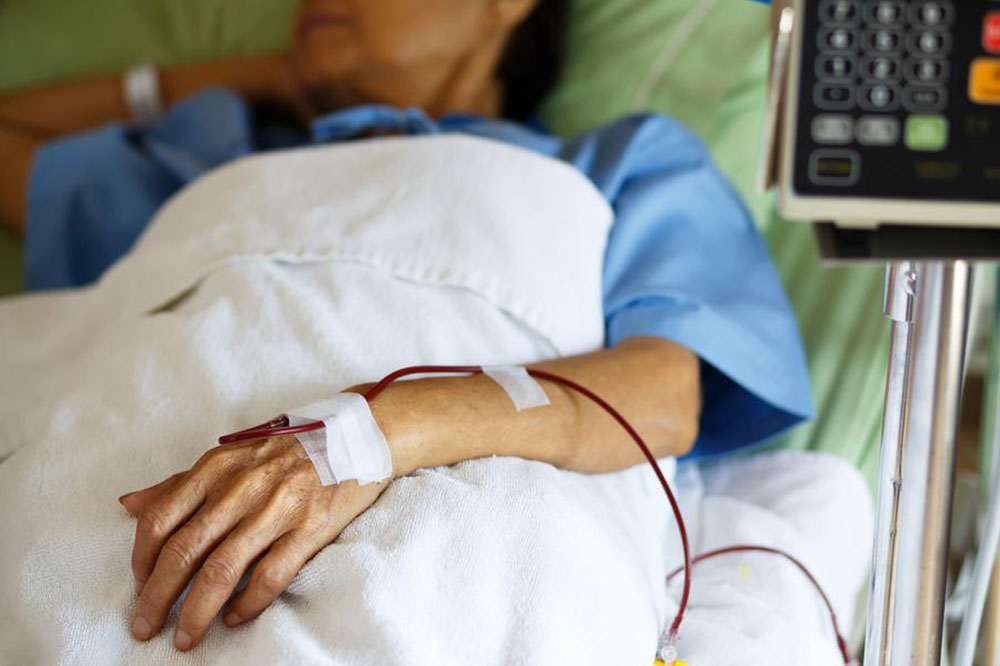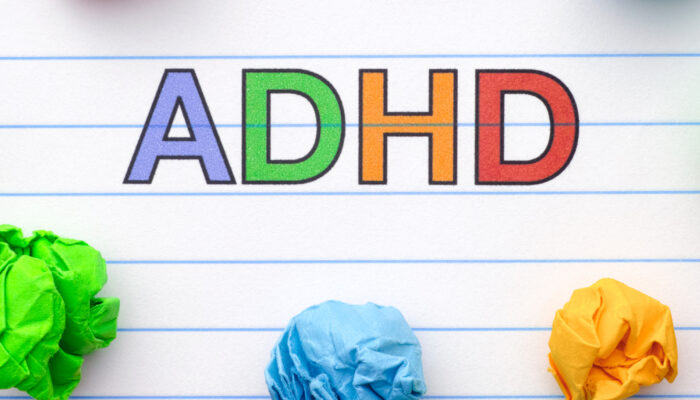
Symptoms and Types of Anemia
Anemia occurs when your body lacks an adequate amount of red blood cells to deliver the required oxygen to the tissues. Hence, the treatment of anemia focuses on increasing the number of RBCs in your body. But without a professional diagnosis of the symptoms and types of anemia, it can be dangerous to apply similar procedures for all.
Symptoms
The doctor usually performs multiple blood tests and checks your medical history to identify the symptoms of a particular type and determine the severity of the anemia. Here are a few symptoms of anemia:
- Shortness of breath and unusually rapid heartbeat during exercise
- Headache during exercise
- Fatigue
- Cramping in legs
- Lack of energy
- Insomnia
- Dizziness
- Lack of concentration
- Pale skin
- Cold hands and feet
- Chest pain
Besides the general symptoms that are common to all types of anemia, different types of anemia also have specific symptoms. Here are the symptoms of the different types of anemia:
Iron-deficiency anemia
This is the most common type of anemia caused by iron deficiency, heavy blood loss, cancer, ulcer, or other conditions. Without adequate iron in your body, your bone marrow is unable to produce enough red blood cells, which leads to this type of anemia. The symptoms unique to iron-deficiency anemia include:
- Pica, a condition in which people experience a hunger for odd substances like paper, dirt, or ice.
- Koilonychias, a condition characterized by an upward curvature of nails.
- Mouth sores
- Cracked corners of mouth
Vitamin and folate deficiency anemia
Vitamin and folate deficiency can also lead to anemia as these nutrients are necessary for the formation of red blood cells in your body. The specific symptoms of vitamin and folate deficiency anemia include:
- Loss in sensations of touch
- Tingling sensation in hands and feet
- Unusual and unsteady gait
- Clumsiness or stiffness in arms and legs
- Difficulty in walking
- Dementia.
Hemolytic anemia
This is a condition in which the red blood cells in your body are destroyed faster than their rate of regeneration in the bone marrow. The destruction of red blood cells may be triggered by certain blood diseases. Hemolytic anemia may be caused by genetic factors, or can develop later in life due to other causes. The specific symptoms of hemolytic anemia are as follows:
- Leg ulcers
- Lack of proper growth in infancy
- Symptoms of gallbladder stones
- Yellowish skin and eyes
- Symptoms of jaundice
- Brown or red urine
Sickle cell anemia
This type of anemia is caused by defective hemoglobin. The symptoms of sickle cell anemia include:
- Fatigue
- Severe pain in abdomen, joints, and limbs
- Stunted growth in children
- Susceptibility to infections
Various treatment methods can be applied after identifying the symptoms and types of anemia. Although you can get successful treatments for most of these types of anemia, there are still chances of fatality. Therefore, it is advisable to visit your health care professional as soon as you experience the symptoms of anemia.



